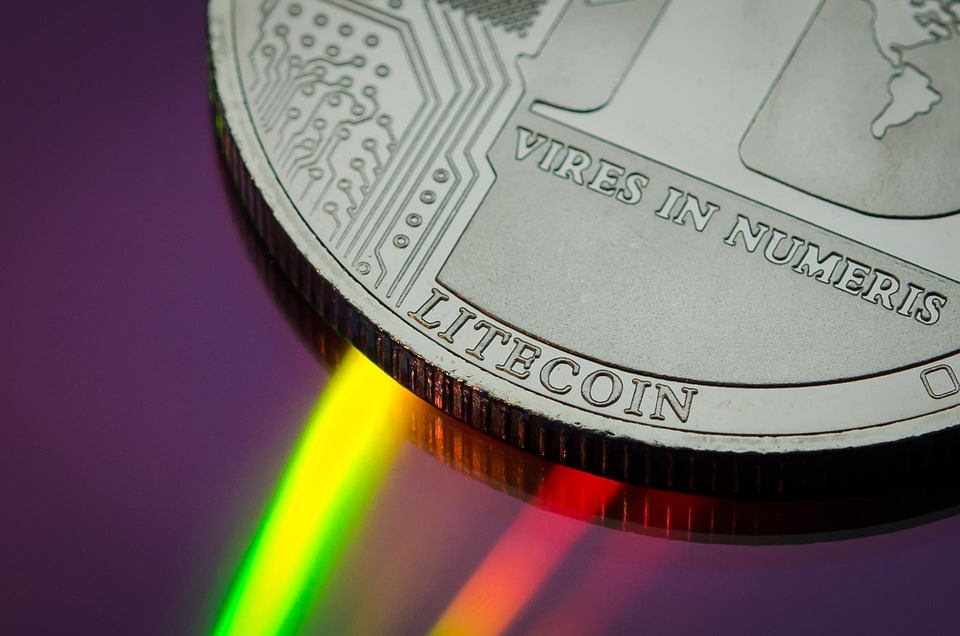Understanding Crypto Mining: A Comprehensive Guide
Cryptocurrency has taken the world by storm, with Bitcoin, Ethereum, and countless altcoins gaining prominence in financial markets. At the heart of this digital currency ecosystem lies the process of crypto mining, a fundamental mechanism that ensures the integrity and security of blockchain networks. This article aims to provide a comprehensive understanding of crypto mining, its processes, benefits, challenges, and future prospects.
What is Crypto Mining?
Crypto mining is the process of validating and adding transactions to a blockchain ledger. It involves solving complex mathematical problems that require significant computational power. Miners compete to solve these problems, and the first one to find a solution gets to add a new block to the blockchain. In return for their efforts, miners are rewarded with cryptocurrency, which serves as both an incentive and a means of issuing new coins into circulation.
The Mining Process
The mining process consists of several key steps:
1. **Transaction Verification**: Every time a cryptocurrency transaction occurs, it needs to be verified. Miners collect transactions from the network and organize them into a block.
2. **Hashing**: Each block contains a unique hash, which is generated by a cryptographic algorithm. Miners must find a hash that meets certain criteria, often requiring them to adjust a number called a “nonce.”
3. **Consensus Mechanism**: Most cryptocurrencies use a consensus mechanism to validate transactions. The most common is Proof of Work (PoW), where miners solve complex puzzles. Other mechanisms, like Proof of Stake (PoS), rely on validators staking their coins to participate in the block creation process.
4. **Block Addition**: Once a miner successfully solves the problem, they broadcast the new block to the network. Other miners verify the solution, and if confirmed, the block is added to the blockchain.
5. **Rewards**: The successful miner receives a block reward, which includes newly minted coins and transaction fees from the transactions included in the block.
Types of Mining
There are several types of mining methods, including:
– **Solo Mining**: An individual miner attempts to mine on their own, using their resources. While this method can yield high rewards, it is increasingly difficult due to the competition.
– **Pool Mining**: Miners join forces in a mining pool, combining their computational power to increase the chances of solving a block. Rewards are distributed among pool members based on their contributions.
– **Cloud Mining**: This method allows individuals to rent mining power from remote data centers, eliminating the need for expensive hardware and energy costs.
Benefits of Crypto Mining
Crypto mining offers several advantages:
– **Profitability**: Miners can earn significant rewards through block rewards and transaction fees, especially in the early stages of a cryptocurrency’s lifecycle.
– **Decentralization**: Mining helps maintain a decentralized network, reducing the risk of fraud and manipulation by central authorities.
– **Security**: The mining process secures the blockchain, making it nearly impossible for malicious actors to alter transaction history.
Challenges of Crypto Mining
Despite its benefits, crypto mining also presents challenges:
– **High Energy Consumption**: Mining, particularly PoW, requires substantial energy, leading to environmental concerns and high operational costs.
– **Hardware Costs**: The initial investment in mining equipment can be significant, and miners must continually upgrade their hardware to stay competitive.
– **Regulatory Issues**: Many governments are scrutinizing mining operations, and regulations can vary widely, affecting miners’ operations.
The Future of Crypto Mining
As the cryptocurrency landscape evolves, so too does the mining process. Emerging technologies, including more efficient consensus mechanisms like PoS, aim to reduce energy consumption and environmental impact. Additionally, the growing trend of renewable energy sources for mining operations may help mitigate some of the ecological concerns.
Moreover, as new cryptocurrencies are developed, the mining landscape will continue to diversify, offering new opportunities and challenges for miners.
Conclusion
Understanding crypto mining is essential for anyone interested in the world of cryptocurrency. It plays a crucial role in securing blockchain networks and validating transactions. While there are challenges to overcome, the future of mining holds promise, especially with advancements in technology and a push towards more sustainable practices. Whether you’re a seasoned miner or a newcomer, staying informed about the latest trends in crypto mining is vital in navigating this dynamic landscape.


